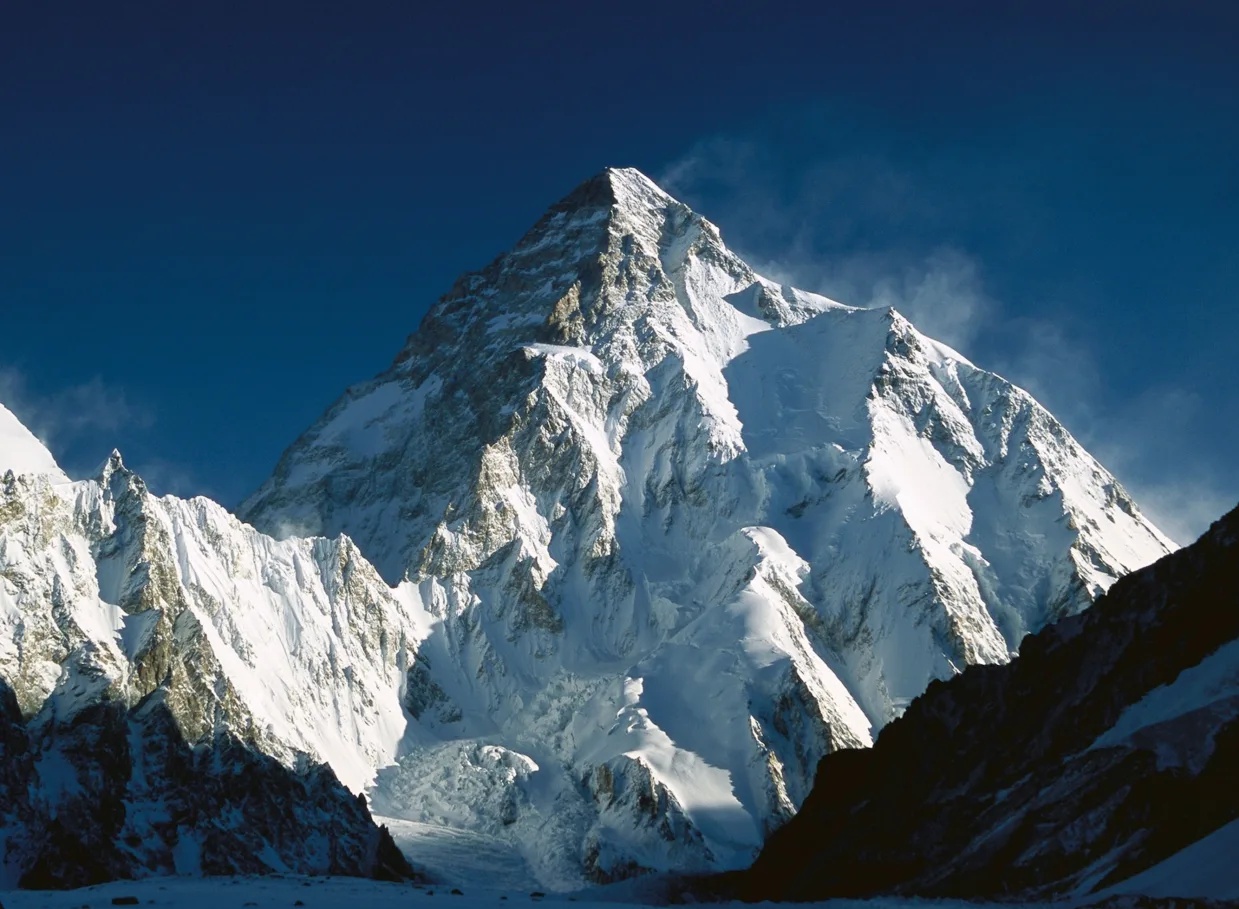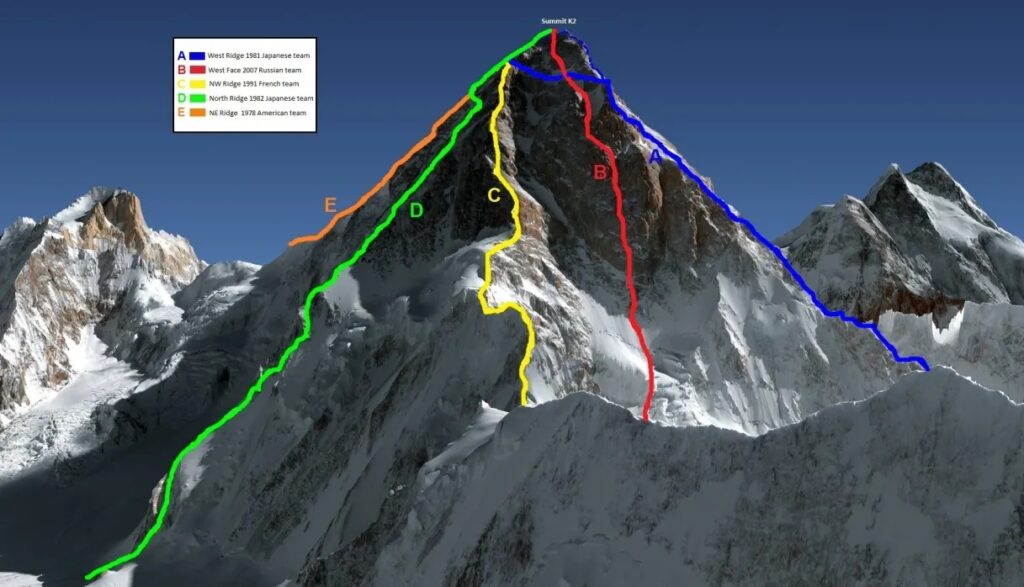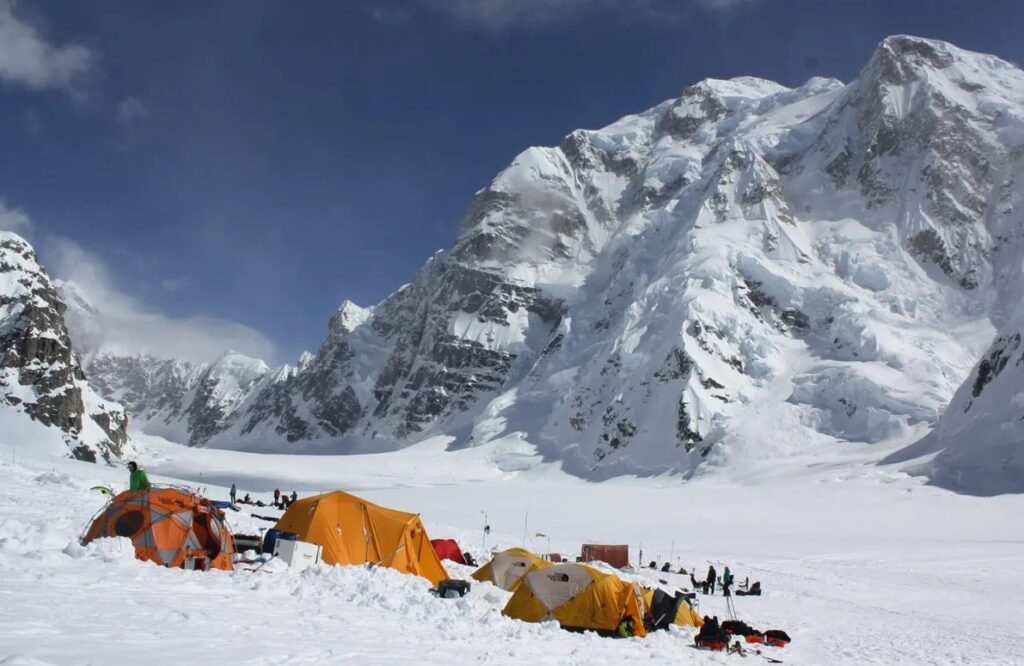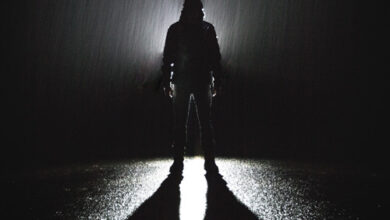
Why Is K2 the World’s Toughest Mountain to Climb?
K2 mountain is a fascinating place and a dream to accomplish for many mountaineers. With a height of 8611 meters (28,251ft), above sea level, it is the second-highest mountain on planet earth, after Mount Everest.
It was discovered in 1856 by Col. T.G Montgomerie, as a part of a British survey of India, and was given the name if K2 because it was the second peak measured in the Karakorum mountain range.
Located within the Karakorum range, in the Gilgit-Baltistan region of Pakistan and the Taxgorkan Tajik Autonomous County region of Xinjian, China, this majestic mountain is a great tourist attraction for adventurous mountaineers for trekking, all around the globe.
K2 is also known as Savage Mountain, and itself is a challenge to climb. Many climbers claim that it is a savage mountain that tries to kill you. Out of the five highest mountains on the planet, K2 is the deadliest one. It takes the life of one for every four persons who reach the summit.
“It’s a savage mountain that tries to kill you.”
— US climber, George Bell
Challenges to Face
The mountain is pyramid-shaped, remote, and challenging. It is prone to avalanches, severe and frequent storms. Its treacherous slopes, extremely difficult topography, and poor weather conditions make it challenging and the world’s most difficult mountain to climb.
Its extremely high altitude results in a lack of oxygen. As compared to sea level, there is only one-third of oxygen available to a climber on the summit of K2. Its severe several days’ long storms often result in many deaths on the peak.
K2 is about 800 feet lower than Mount Everest, but it is even harder to climb, due to its tougher topography. It is very steep and very little of it flattens off, whereas climbing Everest, there are stretches that are steep and then it flattens off.
At 24,000 feet K2 flatten off briefly, but that area is like a death zone, as it is very prone to rockfall and avalanches, and weather condition there is terrible and totally unpredictable. As compared to Mount Everest, only a small fraction of people successfully made it to reach the top.
The first attempt to reach the summit was made in 1902 by an Anglo-Swiss expedition that could make it to 18,600 feet. It was until 1954, when an Italian expedition, including one Pakistani, managed to conquer the mountain despite extreme weather conditions.
The Italian climber, Fosco Maraini, argued that while the name of K2 owes its origin to chance, its clipped, impersonal nature is highly appropriate for so remote and challenging a mountain. He concluded that it was,
just the bare bones of a name, all rock and ice and storm and abyss. It makes no attempt to sound human. It is atoms and stars. It has the nakedness of the world before the first man—or of the cindered planet after the last.
— Fosco Maraini


Climbing Routes
There are many routes to climb the mountain. Whereas, all major routes and base camps lie on the Pakistani side. The most famous route of all is Abruzzi spur, and 75% of climbers use this route. The route follows alternating series of snowfields, rock ribs, and some technical rock climbing, starting at the altitude of 54,00 metres, where the base camp is located.
On the opposite side of Abruzzi spur, is the North Ridge, which ascends the Chinese side of the mountain. This route is rarely climbed due to its extremely difficult access. Other routes like Northeast ridge, West ridge, Southwest pillar of “Magic Line”, South face or “Polish Line” or “Central Rib”, Northwest face, Northwest ridge, South-southeast spur or ” Cesen Route”, and West face are hardly approached because of the extreme difficulty of the routes.
K2 Base Camp Trekking
K2 is the crown of magnificent Karakorum, and an expedition to its base camp at the height of 5,150m (16896ft) makes it one of the most thrilling and exciting treks in the world. It is one of the most rewarding journeys with a spectacular view of glorious mountains.
Reaching the top of the mountain is not everyone’s cup of tea, but the K2 base camp trek can allow you to experience an exciting expedition without climbing peaks. It is a wild trek but not a savage one.
It is a base camp for climbers, where climbers can spend most of their time in their tents. Unlike Everest, this is a remote and uninhabited area, so there are no baths, tea houses, or any comfortable place, so you can only experience mountains in pure nature’s wilderness. Tents, food, and everything else you need will have to be carried along with you if you want to experience this savage mountain.
The best time for K2 base camp trekking is in the summer—the months of May, June, July, and August. But it is also possible to trek in the months of September and October. Winters are not suitable as the temperature falls sub-zero.
A New World Record
In January 2021, a team of 10 Nepali climbers set a new world record by becoming the first to reach the summit of the world’s second-highest mountain, K2, in winter. The temperature of the summit was recorded -40° Celsius. Until now it was considered impossible to climb this mountain in winter, so it was the most demanding of all in the winter season.
Sources
https://en.m.wikipedia.org/wiki/K2
https://www.britannica.com/place/K2
https://www.bbc.com/news/world-asia-55684149
This content is accurate and true to the best of the author’s knowledge and is not meant to substitute for formal and individualized advice from a qualified professional.







